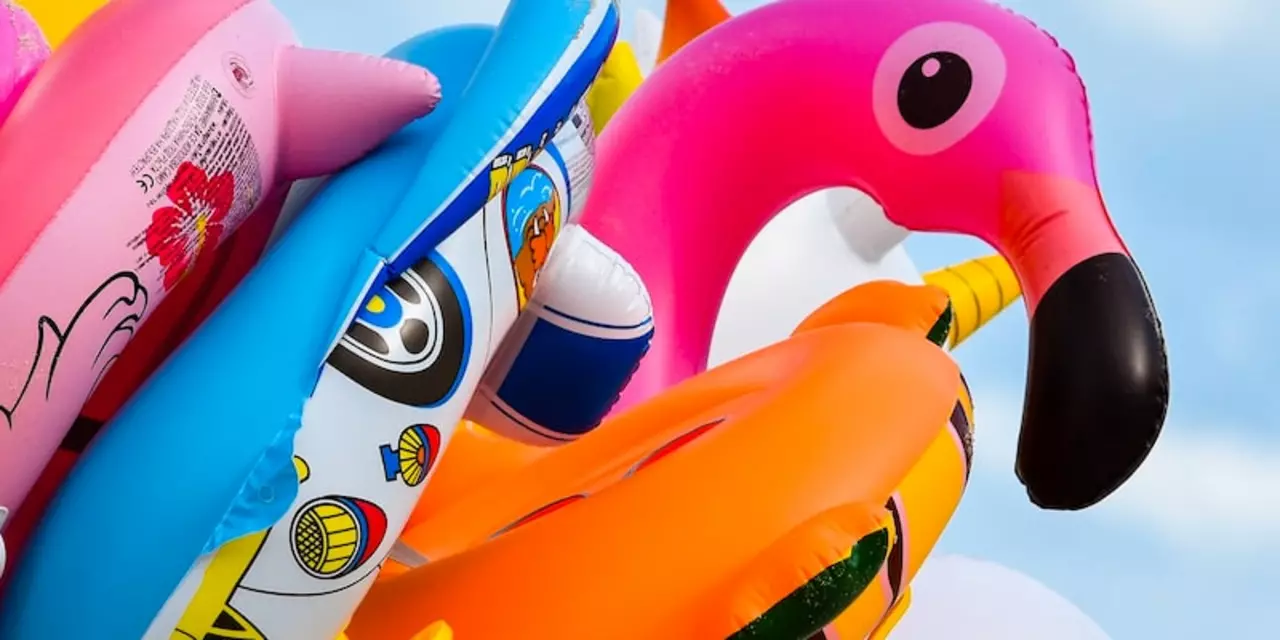Paddle Board Guide: Build, Ride & Master the Basics
If you’ve ever watched someone glide across a lake on a long, flat board and thought, "I want to try that," you’re in the right place. Paddle boarding is easy to start, cheap to enjoy, and can be as simple or as custom as you like. Below you’ll find straightforward steps to build your own board, plus quick pointers for getting on the water without feeling lost.
How to Build Your Own Paddle Board
DIY builds give you control over size, shape, and price. First, pick a lightweight wood—poplar or cedar work well. Cut the board to your desired length (usually 10‑12 ft for beginners) and shape the nose and tail with a jigsaw. The board needs a flat bottom and a gentle rocker (the upward curve near the ends) for stability.
Next, glue the pieces together using marine‑grade epoxy. Apply the adhesive evenly, then clamp the board until the epoxy cures—about 24 hours. Once the shell is solid, add fiberglass cloth on both sides and coat it with more epoxy for extra strength. Let it dry, then sand smooth.
Seal the surface with a waterproof finish. A few coats of spar varnish or a marine paint will protect the wood from water damage and give the board a nice shine. Finally, attach a deck pad for grip and a fin for tracking. You now have a board you built with your own hands, and it’ll feel rewarding every time you paddle.
Getting Started on the Water
Even the best‑built board won’t help if you can’t balance. Start on calm water—like a lake or a protected bay—where waves are small. Place the board perpendicular to the shore, step onto the center, and straighten your feet shoulder‑width apart. Keep your knees slightly bent and your eyes looking forward, not down at the board.
Hold the paddle with the top hand near the blade and the bottom hand near the grip. Drag the blade through the water in a smooth, even motion. If you feel the board tipping, widen your stance a bit and lower your center of gravity by squatting a little. Practice a few strokes, then turn the board by pulling the paddle on the side you want to go.
Safety matters, too. Wear a personal flotation device, especially if you’re new. Check the weather forecast before heading out—wind can turn a calm paddle into a struggle fast. If you’re in a crowd, stay aware of other boarders and keep a safe distance.
Once you’re comfortable, try different activities. Cruise along a shoreline for a relaxing workout, explore a nearby river for a change of scenery, or join a local paddle board group for tips and camaraderie. The more you paddle, the better you’ll understand how your board handles and how to improve your technique.
Whether you built the board yourself or bought one off the shelf, the key is to get out there and enjoy the water. Paddle boarding is simple, affordable, and a great way to stay fit while soaking up sunshine. So grab a paddle, hop on, and feel the freedom of gliding across the water.
What is the best inflatable stand up paddle boards?
Inflatable stand up paddle boards (iSUPs) are a great choice for people looking for a lightweight, portable, and durable board for any water sport. They offer a range of sizes and styles, from basic cruising boards to high performance racing models. Inflatable boards are typically made from strong but lightweight materials such as PVC or drop stitch, and can be inflated to a rock-solid pressure with a hand pump. The best iSUPs offer great stability in choppy waters, and can be deflated and rolled up for easy transportation. They are perfect for both novice and experienced paddlers alike.
